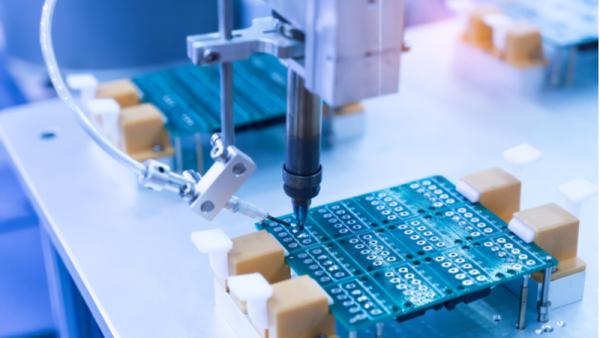asharkyu / Shutterstock

James Laurenceson, Director, Australia-China Relations Institute, University of Technology Sydney |
This article appeared in China Daily on August 21 2020. A Simplified Chinese translation is available.
As China’s conflict with the United States moves from trade to technology, Beijing will also need to decide how it will manage its differences with US allies like Australia.
The future need not be bleak.
To see why, go back to 2018 when the Trump administration launched its trade war against China.
While Australian Prime Minister Scott Morrison initially expressed sympathy for some US grievances, like China’s extensive use of industrial subsidies, Australia was never going to agree to signing up to an assault against its largest trading partner.
On November 6 2018, Trade Minister Simon Birmingham said ‘we’ve been very clear in our position all along that we do not approve or support the US actions of increasing tariffs in a unilateral way on Chinese goods’.
As further proof, in May this year, Australia teamed up with China to set up an alternative to the World Trade Organization’s dispute resolution body that the Trump administration sabotaged at the end of last year.
To be clear, Canberra was not setting out to be ‘pro-China’ on trade. Or ‘anti-US’. Rather, it was committed to being ‘pro-Australia’.
And in 2019, Australia’s two-way trade with China stood at A$252 billion (US$181.8 billion). This was more than triple that with the US.
Now, back to US attempts to target China on technology.
For China, US attempts to stifle its technological progress represent a policy of containment. After all, technological progress is the only path that China can pursue to deliver high-income living standards to more of its citizens.
In contrast to trade, will Australia be supportive of its security ally in the technology space?
First things first: Australia is not interested in containing China’s rise.
Washington may be. Some Australian media commentators and political backbenchers may be. But the key decision-makers in the Australian government are not.
In fact, on August 20 2019, Prime Minister Morrison poked fun at the idea: ‘As a country we welcome China’s growth. I mean, why would we want to contain China’s growth? That’d be a bit of a numpty thing to do I would have thought.’
A month later, standing in Washington no less, Morrison said ‘there’s no doubt (the China relationship) has been an absolute boon for Australia and that’s why I have always made it clear that we have always welcomed China’s economic growth’.
Next, as a country accounting for less than 1.5 percent of global research and development spending, Australia is keenly aware that its prosperity is dependent on being open to the world’s best technology and working with the world’s best scientific researchers.
And that includes China.
This fact is documented in a report released by the Australia-China Relations Institute in July showing that more Australian scientific and research publications now include a researcher affiliated with a Chinese institution than an American one.
As Peter Varghese, the former head of the Department of Foreign Affairs and Trade and now chancellor of the University of Queensland, observed on August 21 last year: ‘For Australia, there is no sensible alternative to engaging China … the notion that global technology supply chains can be divided into a China-led system and a US-led system is both economic and geopolitical folly.’
And while the US has decided to ban some Chinese-owned mobile applications on national security grounds, Prime Minister Morrison said earlier this month that Australia’s security agencies looked at TikTok ‘very closely’ but concluded ‘there’s no evidence to suggest to us today that (a ban) is a step that is necessary’.
Similarly, unlike the US, Morrison government minister Alan Tudge said last week that banning WeChat was ‘not part of our plans at all’.
But not every choice Australia makes in the technology space will align with China’s interests. The 2018 decision to block Huawei from being part of Australia’s 5G rollout on national security grounds is a case in point.
This was, and continues to be, a major irritant in the Australia-China relationship.
The Australian government is also alarmed by the potential for foreign interference in its higher education sector. Yet rather than taking a heavy-handed US approach and threatening to stop Chinese students enrolling in science and technology disciplines, last year it worked with the country’s universities to devise best-practice guidelines to mitigate the risk.
There are also opportunities for Australia and China to work together to build mutual trust as well as provide global public goods. The formulation of international standards for the ethical use of artificial intelligence is just one example.
Here is the bottom line: Australia’s next steps on technology will mostly be determined by choices made in Beijing, not Washington. If China sees value in working with Australia in the technology space, it will focus on the bigger picture rather than individual issues like Huawei. On the other hand, if China wishes to push Australia into closer alignment with the US, it can do that too.
Author
Professor James Laurenceson is Director of the Australia-China Relations Institute at the University of Technology Sydney.


